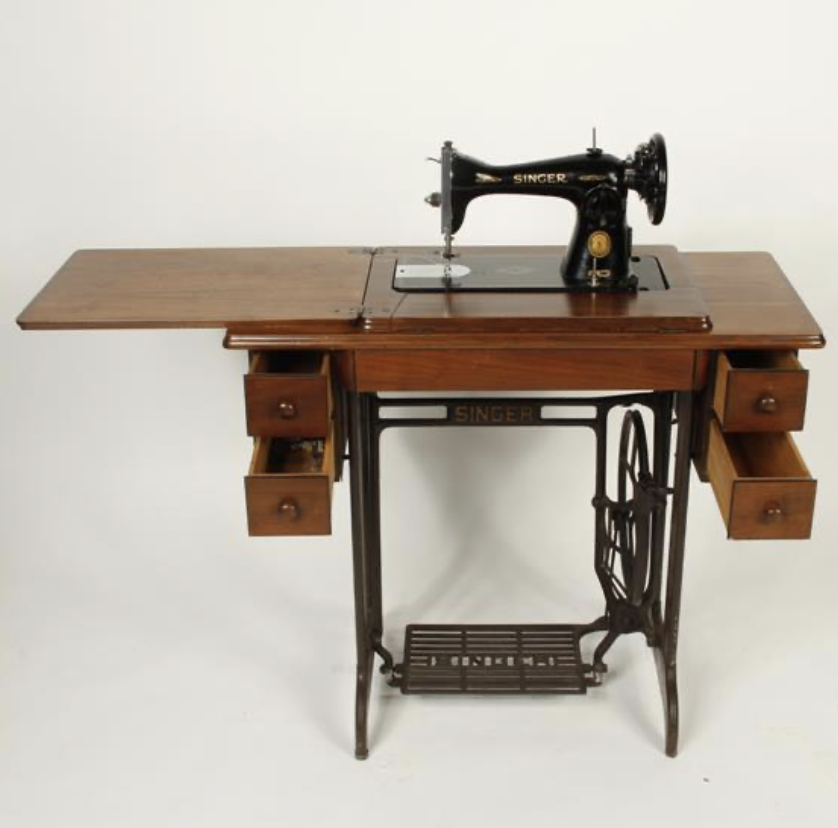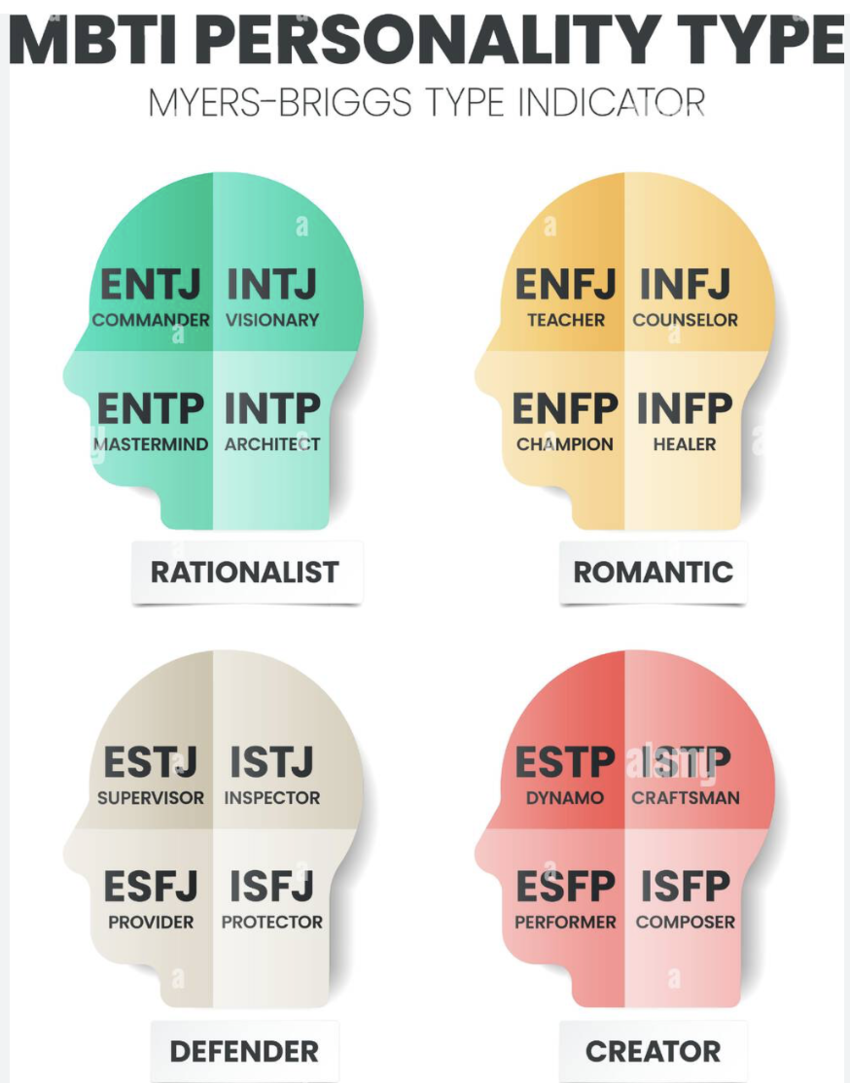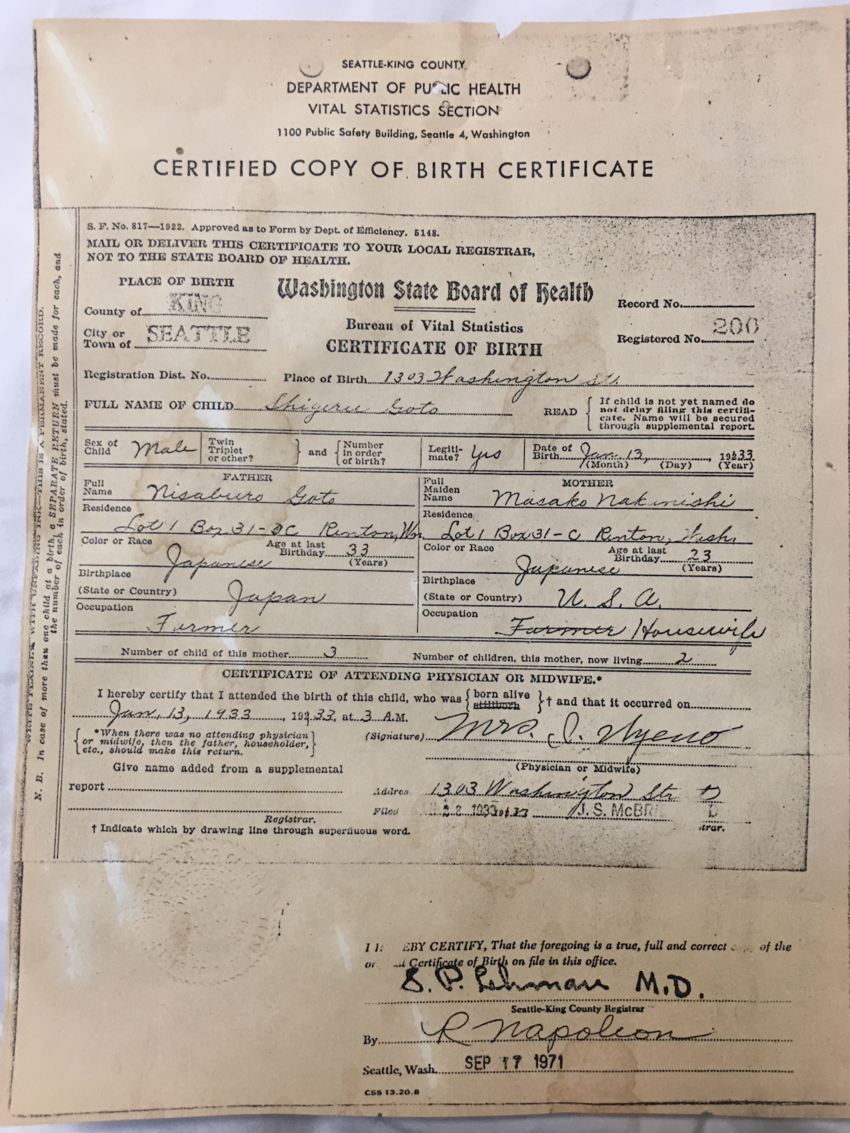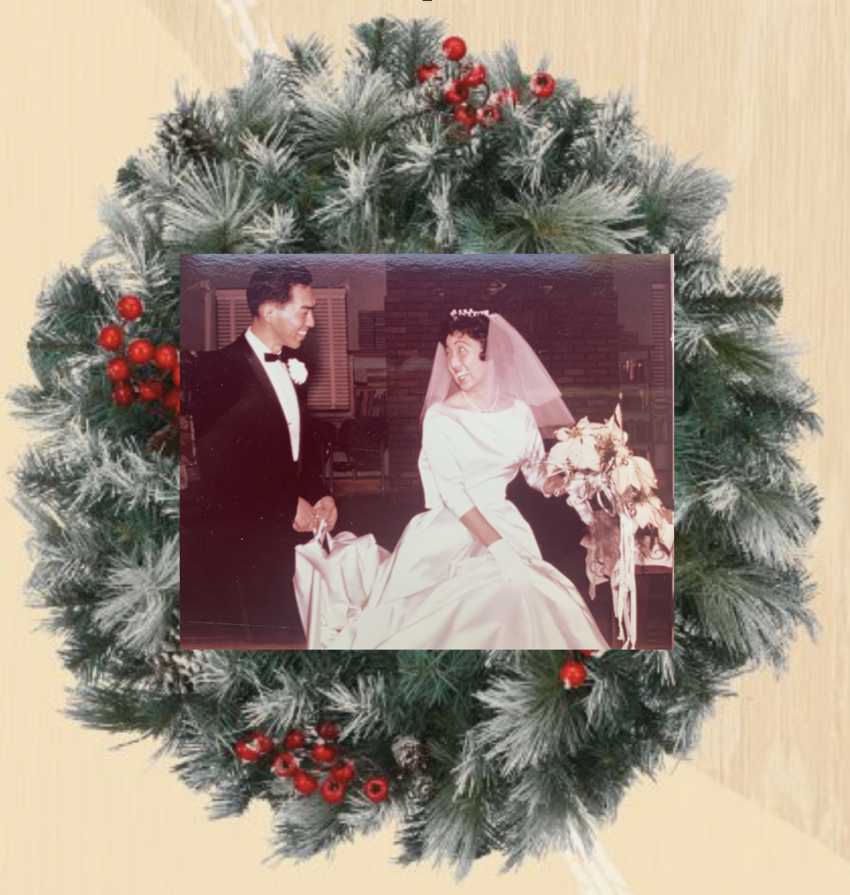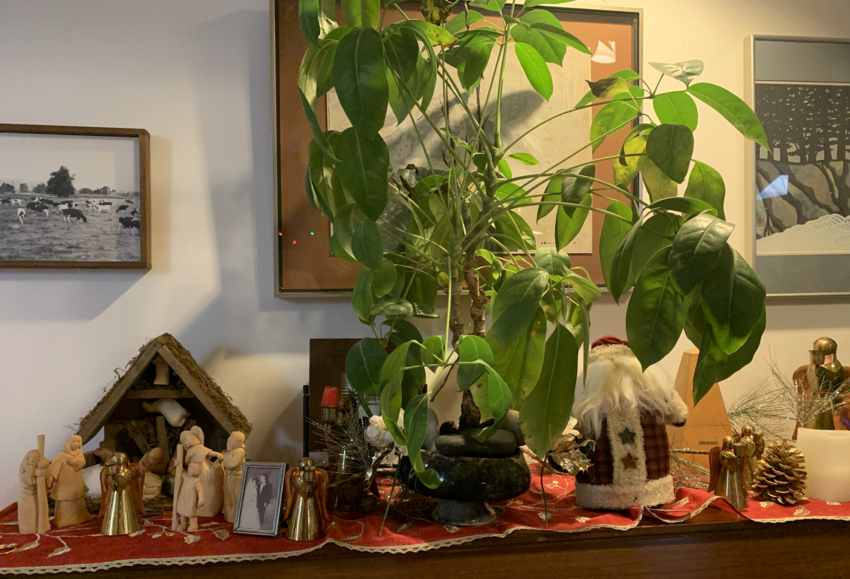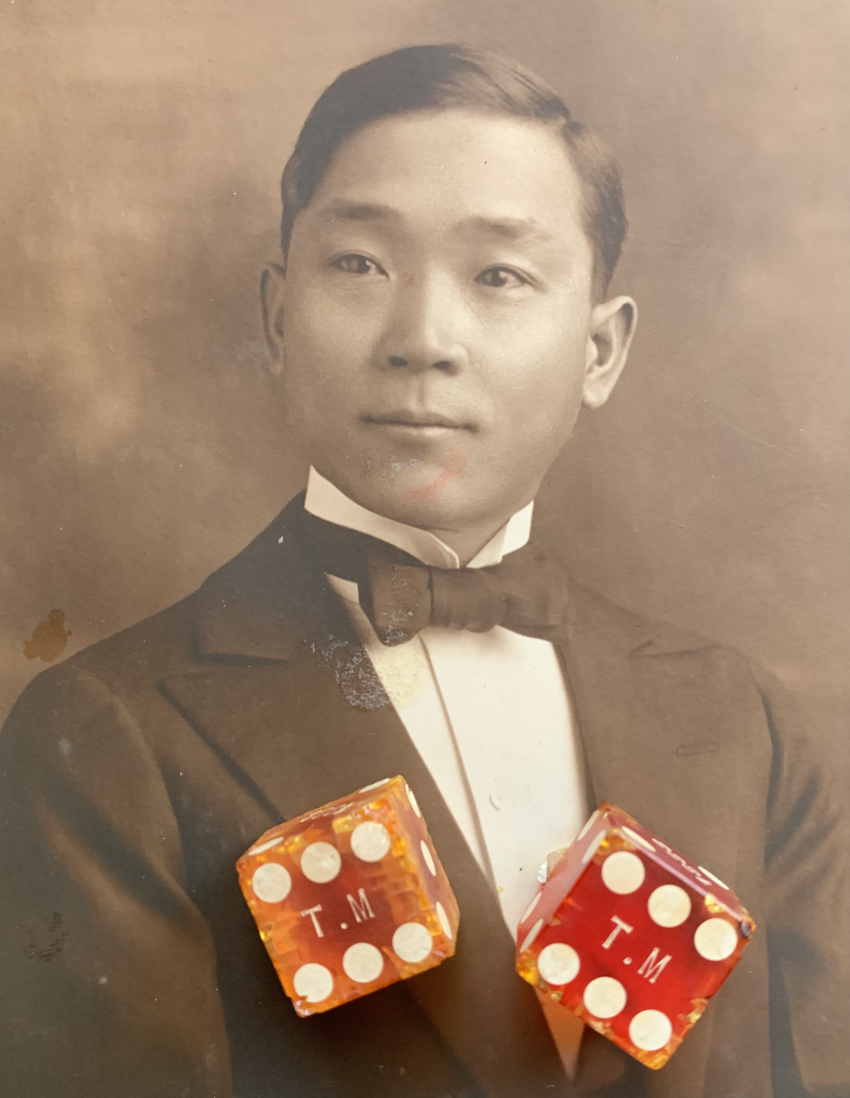When I was 9-yrs-old, I skipped a grade. Therefore, I was socially immature. Having buck-teeth and wearing pigtails into Jr. High didn’t help. On top of that, I moved into a class at Ontario High School in Eastern Oregon where the Valedictorian, Dr. Theodore Sakano, was the top scholar at University of Oregon and a professor of chemistry at Rose-Hulman Institute in Terre Haute, Indiana, and later at Rockland Community College in New York. I see his SaddleBrooke Lecture sell-out in 2018, about the Japanese incarceration, with a note from former President George Bush.
Our Salutatorian, Dr. Calvin Tanabe, MD, was a notable neurosurgeon in Portland, Oregon, and served in Viet Nam in MASH-type-situations. Civically oriented, Cal and his wife Mayho contribute saying, “We thought we could return the most to the community by getting people to think.” Cal & Mayho had arranged a date with Dr. Ben Carson for their Portland Arts & Lecture series, but political backlash forced them to cancel.
The President of our class and still a good friend; but living now with dementia in Port Charlotte, Florida, was Loren Cox, He oversaw Asia and Africa with Peace Corp. Loren served as Deputy ED for both the MIT Joint Program and the MIT Center for Energy and Environmental Policy Research. In the 1970s he was a staff member for Representative Al Ullman of the Ways and Means Committee for U.S. House of Representatives, from Malheur County Oregon, where Ontario was the biggest city with 5000 population when I lived there.
Lynn Gallagher and I had arranged to meet where our daughters were living near Half Moon Bay, below San Francisco. But Lynn passed in 2017, living in Washington DC. She graduated from Stanford in journalism, but created Telecom/Telematique International, a boutique consulting firm promoting international development of communication in Africa, Central Asia and the Middle East as a consultant with the U.S. Department of Energy.
Captain Ray Dickerson and I were planning to write a book about our prestigious class and Sam was going to do the illustrations. Ray served in Saudi Arabia where he was the director of vehicle services for the Royal Family and was the escort for Colin Powell visits. Ray passed just before Sam in 2017. He was a “life master” in bridge and said, “What have I ever done to deserve such a great life”.
Our vision for the book was, how we all came together in Ontario, Oregon, from Spain, Mexico, Japan, Canada, all parts USA in the late 1800s with great heritage values. We all learned to work hard on the Eastern Oregon farms.Then we went to all parts of the world again and served. Two Ontario High School students were/is Washington State Senators, Jim Honeyford, who retired last year and Steve Conway.
All 117 of our 1956 graduates have created powerful stories. I look back and see myself as self-effacing, mousey and shy, but grateful for the experience of knowing how it feels. I’m still non-competitive but social and persistent with learning the path of love and service for a fulfilling life and legacy.
No wonder I got better grades in college than in high school with such a bell curve.
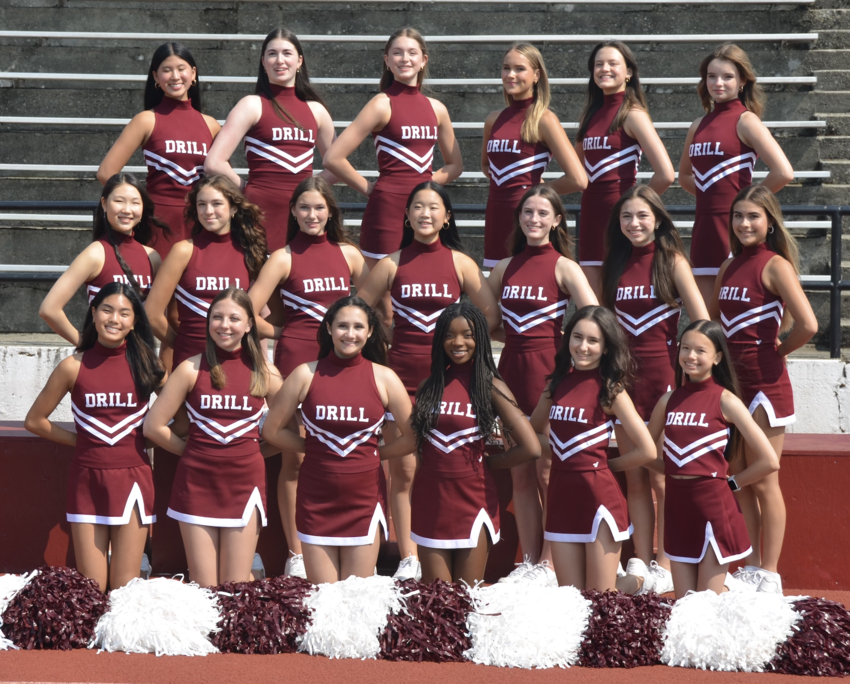 Mercer Island Drill Team is a 3a school in Washington State
Mercer Island Drill Team is a 3a school in Washington State

